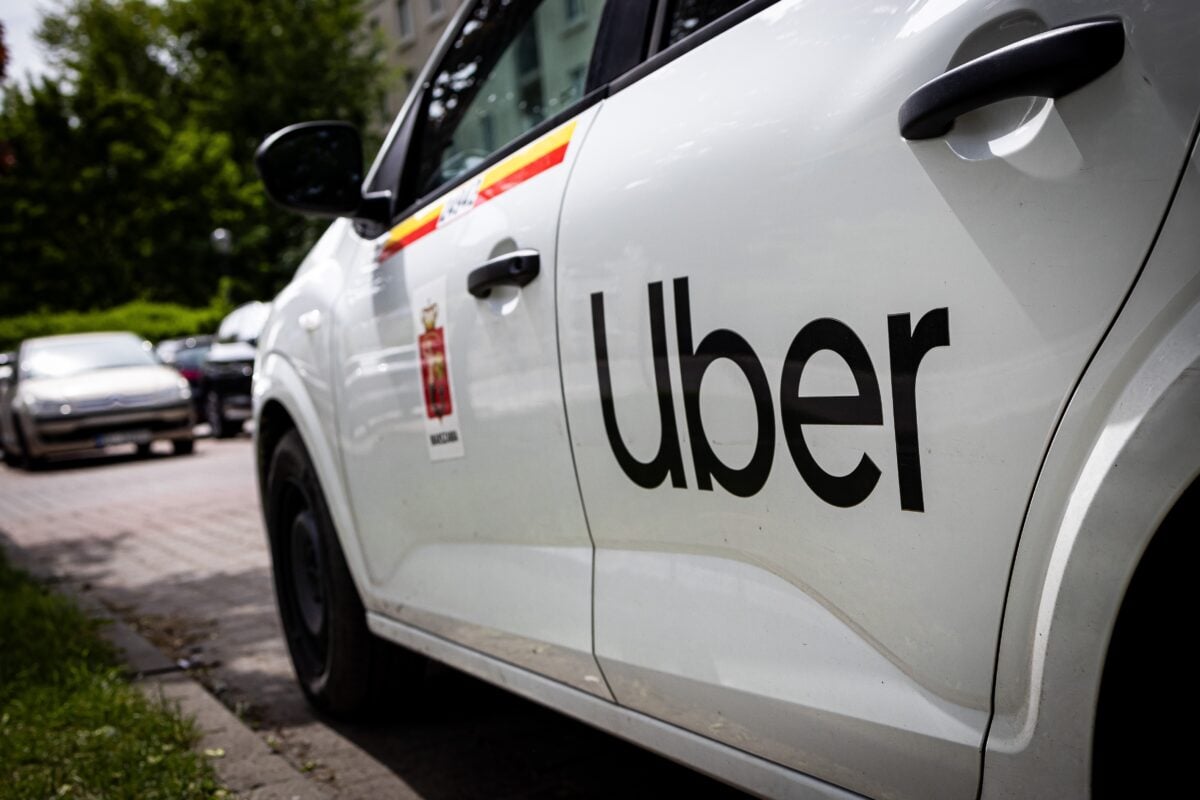TLDRs;
- Kakao Mobility launches Kakao T Members, introducing two plans aimed at frequent riders and private car owners.
- Uber responds with Uber One, offering higher payback percentages and discounts to challenge Kakao’s dominance.
- Subscription services emerge as the latest battleground in Korea’s ride-hailing market, fueling intense rivalry.
- Global success of Uber One shows subscription models can drive long-term customer loyalty and revenue growth.
Kakao Mobility has launched its new membership program, Kakao T Members, designed to reinforce its dominance in South Korea’s ride-hailing sector.
Officially introduced on August 27, the service provides riders with two options: Mobility Plus, priced at 4,900 won (approximately US$3.5) per month, and My Car Plus, offered at 5,900 won (US$4.2) per month.
Mobility Plus focuses on frequent taxi users by offering payback points on premium rides and other benefits, while My Car Plus caters to private vehicle owners, bundling perks like discounted parking and navigation points. For Kakao, this marks a significant step in expanding its ecosystem, which already covers a vast share of South Korea’s ride-hailing market.
Uber One Targets Korean Riders
Not to be outdone, Uber has announced plans to roll out its own membership, Uber One, in Korea at the same monthly price as Kakao’s Mobility Plus plan.
Uber One members will earn up to 10% payback in ride credits for select taxi services, along with 5% credits across other services. Annual subscribers will also benefit from extra discounts, mirroring Uber’s successful global loyalty structure.
This move represents Uber’s strongest effort yet to gain traction in South Korea, a market where it has struggled due to regulatory hurdles. Until recently, Uber operated only premium offerings such as Uber Black, while Kakao leveraged local dominance to become the go-to app for everyday mobility.
Market Rivalry Intensifies
The timing of Kakao’s announcement, just a day after Uber revealed its Korean launch plans, suggests a direct competitive response. Analysts say both firms are now turning to subscriptions as “defensive weapons” in their battle for customer loyalty.
Kakao, once secure in its market dominance, appears to be shifting into a protectionist strategy, ensuring existing riders remain loyal while preventing Uber from capturing a meaningful share. Uber, on the other hand, is leveraging its proven global model.
Uber One already boasts over 30 million members worldwide, generating more than $1 billion in annual subscription revenue. With subscribers accounting for a sizable share of Uber’s bookings globally, the company is betting that Korean consumers will similarly embrace loyalty-driven perks.
Global Context and Future Outlook
The Korean showdown highlights a broader industry trend where subscription programs are becoming a core growth strategy for ride-hailing companies.
As the global ride-hailing market is projected to expand from $74.9 billion in 2025 to $287.6 billion by 2034, companies are racing to secure long-term customer engagement.
By setting identical monthly fees, Uber and Kakao are not just competing on price but also on value-added perks. Uber’s higher payback percentage could entice cost-conscious users, while Kakao’s integration across parking, navigation, and other domestic services may appeal to those seeking convenience within a single ecosystem.






